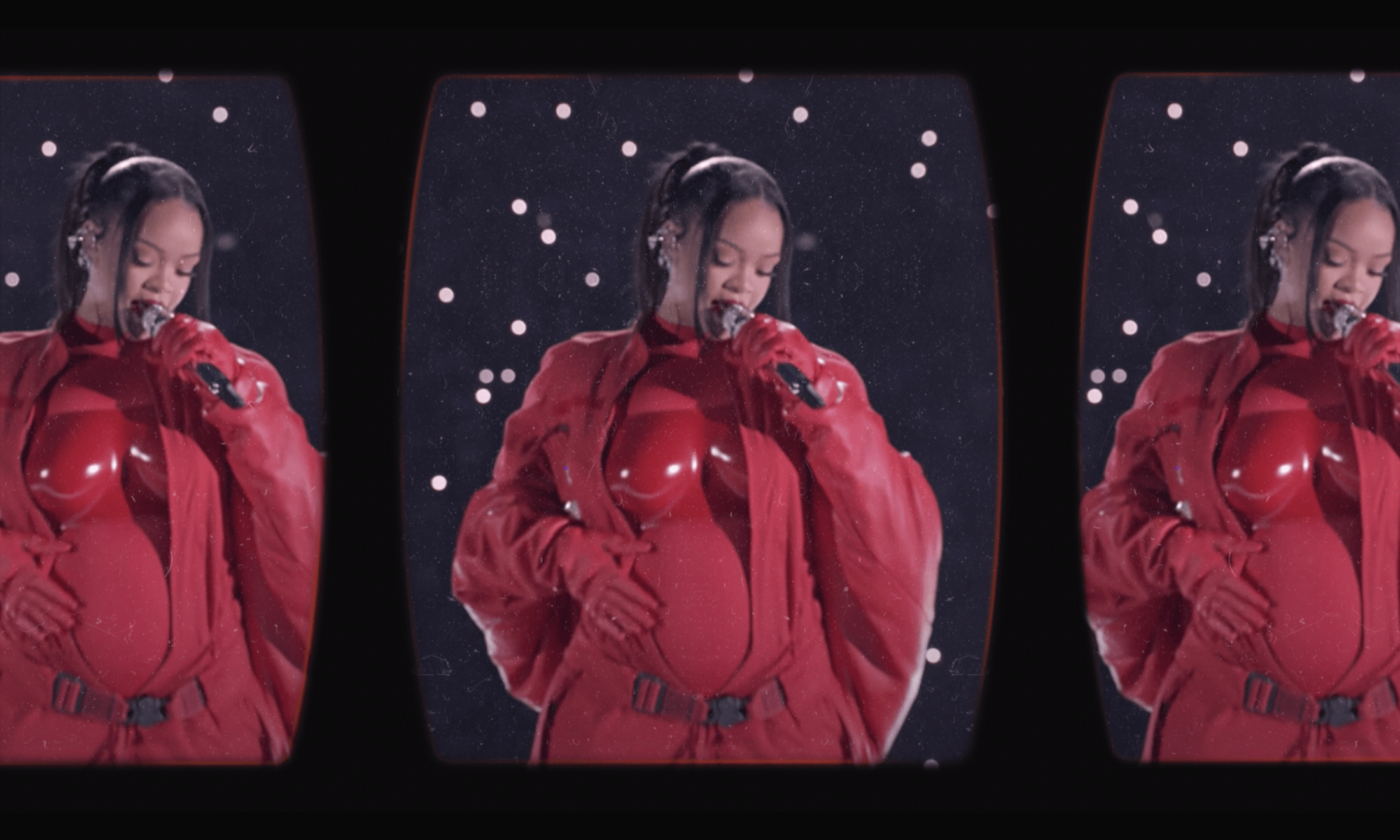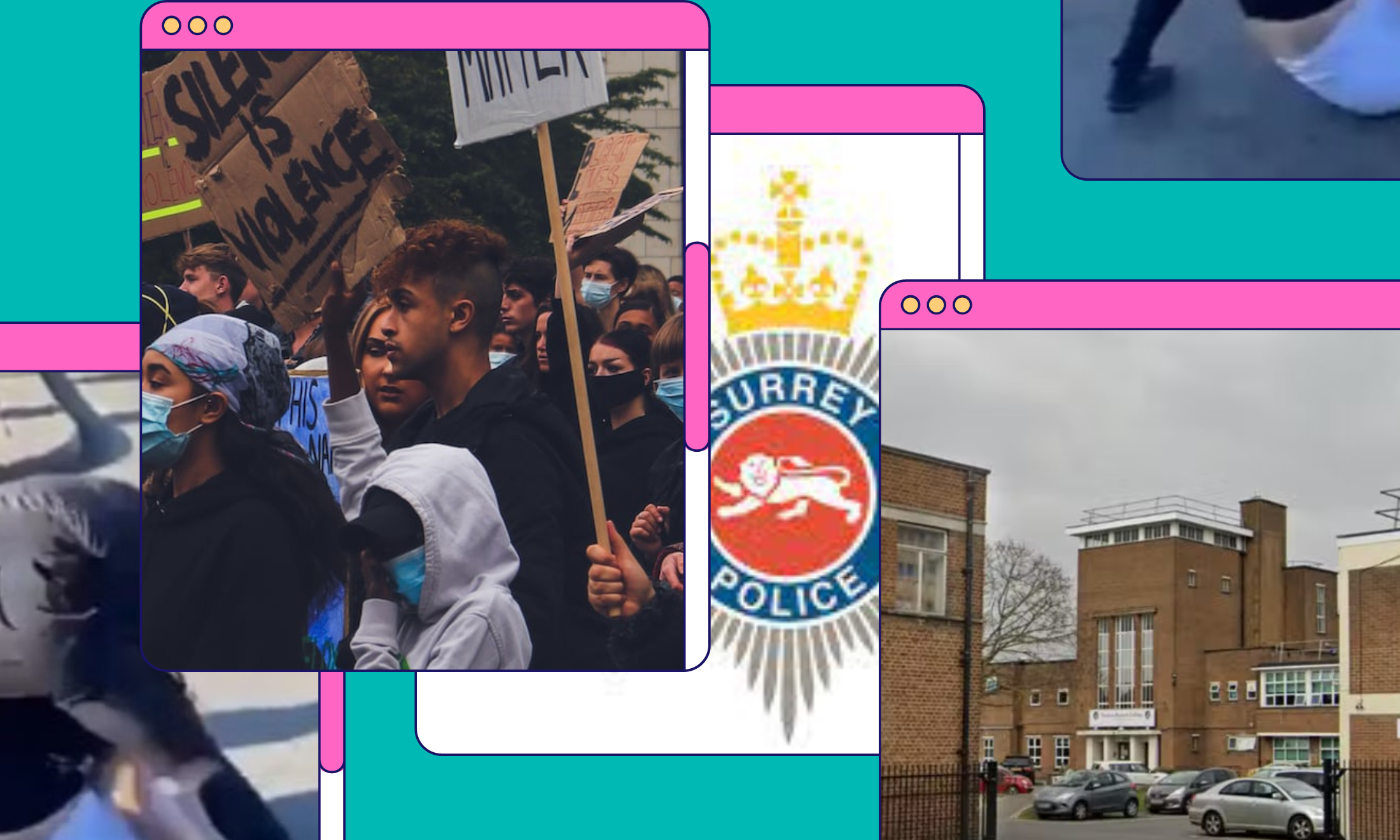
Growing up as a mixed-race British and Chinese girl I used to dream of being the next (insert name of successful and well-know Eurasian actress here, because I actually can’t). I’ve since given up my acting dream – more to a personal lack of thespian talent than the drought of mixed-race Asian acting roles, I must admit – but I still crave to see better representation.
But here’s the old boring tale: a role written and intended for a PoC to play comes along, and after some initial excitement from the BAME community, the role is given to a white actor. Recently, this has been the case with The Print Room theatre, who have come under fire for their production of Howard Barker’s In the Depths of Dead Love. The play is set in ancient China, yet all four cast members are white. This snub happens time and time again to East Asian actors and not only does this seriously limit their roles to background characters and ludicrous stereotypes, but the result often manifests itself as explicitly offensive yellowface.
Yellowface is when a non-East Asian actor portrays an East Asian character, usually with the use of make-up and prosthetics to approximate their race. It can also be used to refer to when a white actor is cast in a role originally written for an Asian character, sometimes even keeping their Asian sounding name and not addressing why (like how did Emma Stone’s whiter than white character on Aloha magically acquire the surname Ng?).
It depresses me that the list of yellowface casting grows longer with time.Until the situation improves, I at least manage to gleam a little pleasure from reading the laughable excuses the directors have for giving Asian parts to already very well represented white actors. I’ve compiled a brief list below.
1. “It was acceptable at the time”
The most famous example of yellowface is probably Mickey Rooney’s offensive portrayal of Mr. Yonioshi in Breakfast at Tiffany’s – a performance so crude that few viewers today would even recognise that he’s supposed to be a Japanese man if it weren’t for his name.
Fans of the 1960s classic tend to dismiss this role as a product of the age, and I suppose it was deemed acceptable at the time (albeit only to white people) but this knowledge doesn’t absolve the film of criticism. In fact, the racism in the film hasn’t had a damning effect on the films legacy at all, with the bejewelled Audrey Hepburn in that Givenchy LBD being one of the most enduringly recognisable film icons of all time.
(Also, if this extensive Wikipedia list entitled “Examples of Yellowface” is anything to go by, yellowface is still seen as acceptable. It takes us through the years of successful films that use yellowface right up to 2015).
2. “We couldn’t find any East Asian actors”
Following the rumours that they looked into using CGI to make Scarlett Johansson appear more Asian in next year’s release Ghost in the Shell, I feel this is the only excuse they would be able to come up with.
But, really though? Because there must be quite a few to choose from amongst the millions of people that make up the East Asian diaspora in the UK and USA. Why spend loads of money on visual effects and prosthetics when you can take your pick from the billion (literally) ready-made actual Asian people that exist in the world?
It’s illogical and makes no economical sense to actively seek white actors for Asian roles. If you don’t have a casting budget, put a call-out on social media – it’s free!
3. “We don’t see colour”
This is usually the excuse given when the (usually white) casting directors have been lazy and just went with the default, i.e. fellow white people. The best excuse they can give is that they didn’t even realise these actors were white and it was all a coincidence.
But, notice how this only works one way. People of colour are never “accidentally” cast because, unless it’s an audition for The Voice, no one is actually colour blind.
4. “Unknown actors don’t bring any revenue”
Often if a big (and “coincidentally” white) name is cast as the lead in a film, it will be to make it a blockbuster. But if the fact that the racially-miscast Aloha and Pan both flopped at the box office doesn’t prove that A-listers aren’t the only thing that drives success then I don’t know what will.
I know East Asian’s like myself would absolutely be incentivised take a trip to the cinema if we saw ourselves being reflected authentically on the stage and screen. As Constance Wu took to Twitter to respond to Matt Damon’s lead role in The Great Wall, “[i]f white actors are forgiven for having a box office failure once in a while, why can’t a POC sometimes have one. And how COOL would it be if you were the movie that took the ‘risk’ to make a POC as your hero, and you sold the s**t out of it?! The whole community would be celebrating!”
5. “It’s an adaptation, people! You just don’t get what we’re trying to convey”
The Print Room’s excuse for casting only white people in their production of In the Depths of Dead Love? “In the Depths of Dead Love is a very simple fable; it is not a play that tells a Chinese story.” I’d buy that, if it wasn’t, you know, SET IN CHINA.
They continue, “[w]hilst the characters have been given Chinese names, that is to reference the abstract and the folkloric idea of the universal; we could just as easily be in the metaphorical area of Hans Christian Anderson, or, alternatively, the land of the Brothers Grimm.” Um, except ancient China was a genuine place in history and not a fairy tale. Suggesting otherwise is orientalism. Chinese people are not mythical creatures that exist for your amazement.
As Katie Leung wrote on Twitter, “This is not okay @the_printroom. Especially now. We are here. We exist.”
6. “This white character looks Asian but isn’t actually supposed to be… duh”
This has to be my personal favourite. I was a massive Ab Fab fan, a fact attested by my Dad bestowing the nickname Saffy upon me. But the casting of Janette Tough as a Japanese man in the recent movie made me rethink how much I loved it. Not only is she white and not East Asian, but she is a woman, which seems to play up to the stereotype of the “emasculated Asian man”.
After comedian Margaret Cho called out the film for its yellowface casting, star and creator of the series Jennifer Saunders responded with this: “Huki Muki is a brand, she is the designer and she looks a bit Japanese, but the moment she opens her mouth she’s from Glasgow. It was just a silly little joke – in no way are we pretending she is Japanese, no yellow makeup or slitty eyes or any silliness.”
Let’s get this straight, you think this white woman looks Japanese? Right. Which is why you dyed her hair black and dressed her up in a Yayoi Kusama-inspired outfit.
Sure, the convenient use of sunglasses means you didn’t have to paint her yellow (not the actual shade of anyone’s skin colour apart from The Simpsons – in case you haven’t noticed) or pinned her eyelids, but you definitely, definitely, tried to pretend she was Japanese. Plus you called the character Huki Muki. Pull the other one Eddy!
So, what can we do to challenge the perpetuation of yellowface in mainstream productions? In the case of The Print Room, a protest has been organised for those that agree they were wrong in their casting choice. Other than that, the handful of East Asian actors and comedians mentioned in this article who do call BS on these excuses should continue to do so until our voices are heard.









